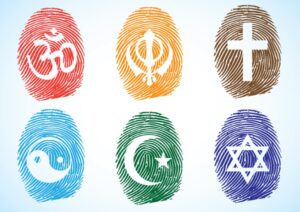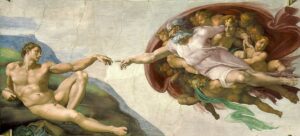Placing RE at the core of the curriculum in Catholic schools helps the school to fulfill its mission to educate the whole person in discerning the meaning of their existence, since “Religious Education is concerned not only with intellectual knowledge but also includes emotional and affective learning.”
Without religious education, pupils would be deprived of an essential element of their formation and personal development, which helps them attain a vital harmony between faith and culture.” (Religious Education curriculum Directory p4). Furthermore, religiously literate children and young people are able to engage in a fully informed critique of all knowledge, “leading, for example, to an understanding of the relationship between science and religion or history, and between theology, sport and the human body.” (Religious Education Curriculum Directory p4).









